Mockingjay Half 1: A Watchful Eye on Energy, Propaganda, and the Perils of Revolution
Associated Articles: Mockingjay Half 1: A Watchful Eye on Energy, Propaganda, and the Perils of Revolution
Introduction
With enthusiasm, let’s navigate by way of the intriguing matter associated to Mockingjay Half 1: A Watchful Eye on Energy, Propaganda, and the Perils of Revolution. Let’s weave attention-grabbing info and provide recent views to the readers.
Desk of Content material
Mockingjay Half 1: A Watchful Eye on Energy, Propaganda, and the Perils of Revolution
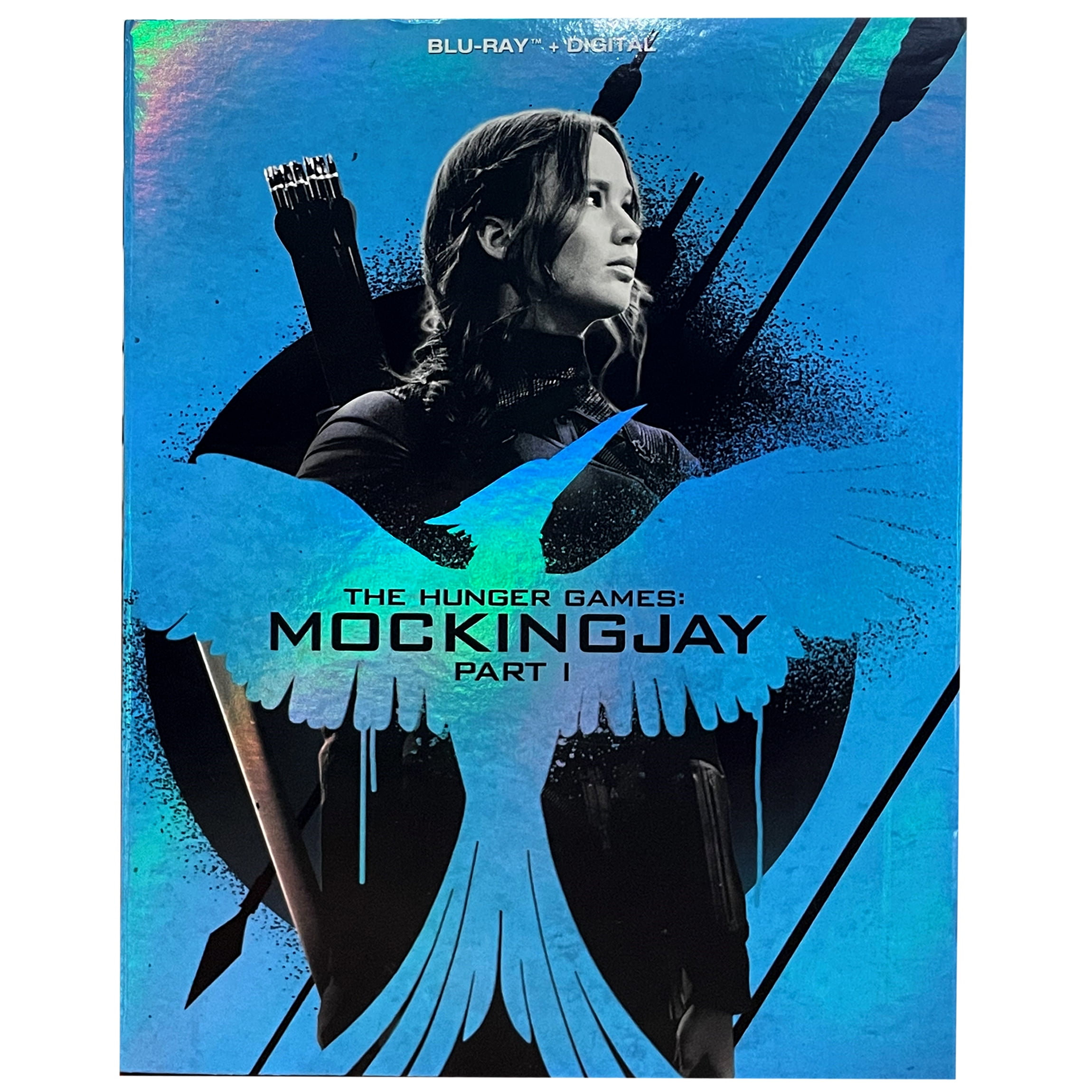
Suzanne Collins’ The Starvation Video games trilogy captivated audiences with its visceral depiction of oppression and the battle for freedom. Mockingjay Half 1, the primary installment of the ultimate guide’s cinematic adaptation, takes a deliberate step away from the adrenaline-fueled motion of its predecessors, opting as an alternative for a extra nuanced exploration of the psychological warfare waged within the wake of a revolution. This shift in focus, whereas initially jarring for some viewers anticipating one other spectacle of area fight, in the end serves to deepen the narrative’s critique of energy, propaganda, and the complexities of riot.
The movie opens with Katniss Everdeen (Jennifer Lawrence) recovering from the bodily and emotional trauma inflicted by the Video games. Now not the defiant woman who ignited a riot along with her act of defiance, she’s a damaged image, a pawn within the bigger recreation being performed by the leaders of District 13 and the insurgent forces. This instantly establishes a central theme: the manipulation of symbols and the risks of unchecked energy. Katniss, initially reluctant to develop into the "Mockingjay," the image of the riot, is slowly however absolutely drawn again into the fray, not by way of her personal company, however by way of the calculated machinations of President Coin (Julianne Moore) and Plutarch Heavensbee (Philip Seymour Hoffman).
The movie meticulously dissects the propaganda machine on the coronary heart of the riot. The rigorously crafted imagery, the orchestrated speeches, and the strategic use of Katniss’s picture as an emblem of hope – all are instruments employed to keep up management and rally assist. This is not a simplistic portrayal of fine versus evil; relatively, it highlights the ethical ambiguities inherent in revolutionary actions. District 13, whereas ostensibly preventing for freedom, operates below a strict, authoritarian regime, mirroring the very tyranny they oppose. This inside battle throughout the riot is an important ingredient, forcing the viewers to query the character of freedom and the potential for its corruption.
The movie masterfully makes use of visible language to underscore this theme. The stark, sterile surroundings of District 13 contrasts sharply with the colourful, albeit oppressive, Capitol. The muted colors and underground setting of District 13 replicate the stifled hope and managed surroundings, whereas the Capitol’s opulent excesses function a continuing reminder of the disparity and the brutality of the Panem regime. This visible dichotomy is just not merely aesthetic; it is a highly effective commentary on the character of energy and its capacity to form each bodily and psychological landscapes.
Katniss’s personal inside wrestle mirrors this bigger battle. Haunted by the trauma of the Video games and the lack of family members, she grapples with the load of her symbolic function. She’s pressured to confront the dissonance between the idealized picture of the Mockingjay – an emblem of hope and defiance – and the fact of her personal fractured self. Lawrence’s efficiency powerfully conveys this inside battle, capturing the weariness, the cynicism, and the lingering trauma that plague Katniss. Her reluctance to take part totally within the propaganda machine underscores the movie’s critique of the dehumanizing results of warfare and political manipulation.
The connection between Katniss and Peeta (Josh Hutcherson) is one other key ingredient explored in Mockingjay Half 1. Their bond, cast within the crucible of the Video games, is examined by the realities of warfare and the manipulative methods of the insurgent management. Peeta’s seize by the Capitol and his subsequent brainwashing spotlight the fragility of human connection within the face of political manipulation. His transformation right into a device of propaganda underscores the movie’s exploration of the psychological warfare employed by either side of the battle. The movie does not draw back from the emotional toll this takes on Katniss, additional emphasizing her inside wrestle and the complexities of her emotional panorama.
The movie additionally introduces new characters who additional complicate the ethical panorama. President Coin, initially introduced as a powerful and decisive chief, reveals delicate hints of her personal authoritarian tendencies. Plutarch, whereas seemingly benevolent, operates throughout the confines of his personal strategic calculations. These ambiguous characters problem the simplistic notion of a clear-cut battle between good and evil, forcing the viewers to confront the moral dilemmas inherent in revolution and the potential for its corruption.
Mockingjay Half 1 is just not a movie of explosive motion sequences. As an alternative, it is a slow-burn character examine, a deliberate examination of the psychological penalties of warfare and the insidious nature of propaganda. The movie’s pacing, whereas probably irritating for viewers anticipating a extra action-oriented narrative, permits for a deeper exploration of the characters’ inside struggles and the complexities of the political panorama. The movie’s deal with the manipulation of symbols and the ethical ambiguities of revolution makes it a compelling and thought-provoking piece of cinema.
The movie’s ending, leaving Katniss in a precarious place, each bodily and emotionally, serves as a strong cliffhanger, leaving the viewers craving for the decision promised within the second half. Nevertheless, the influence of Mockingjay Half 1 lies not solely in its cliffhanger, however in its cautious deconstruction of the romanticized notion of revolution. It presents a stark and unsettling portrayal of the human value of warfare and the insidious nature of energy, forcing viewers to confront the uncomfortable truths hidden beneath the veneer of heroic narratives.
The movie’s success lies in its capacity to maneuver past the spectacle of the world and delve into the psychological and political complexities of a revolution. It’s a movie that lingers within the thoughts lengthy after the credit roll, prompting reflection on the character of energy, propaganda, and the enduring human value of battle. By specializing in the interior struggles of its characters and the ethical ambiguities of the revolution, Mockingjay Half 1 transcends the style conventions of a typical motion movie, turning into a strong commentary on the enduring relevance of Collins’ dystopian imaginative and prescient. It is a movie that encourages a watchful eye, not simply on the battlefield, however on the delicate manipulations of energy that form our world. The movie’s legacy is not only its thrilling motion sequences (although these are current), however its profound exploration of the human situation within the face of overwhelming oppression and the often-unseen prices of freedom’s pursuit. It’s a testomony to the facility of storytelling to problem our assumptions and to drive us to confront the uncomfortable truths that lie beneath the floor.
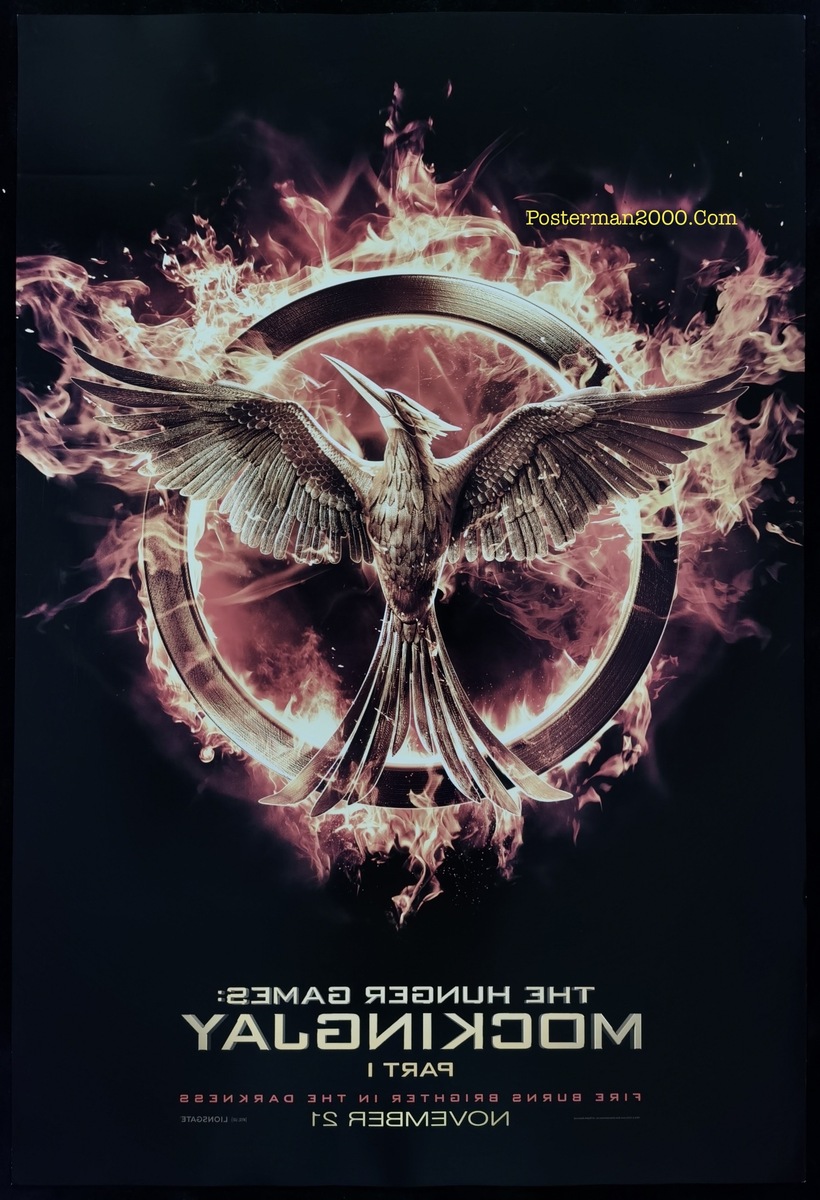
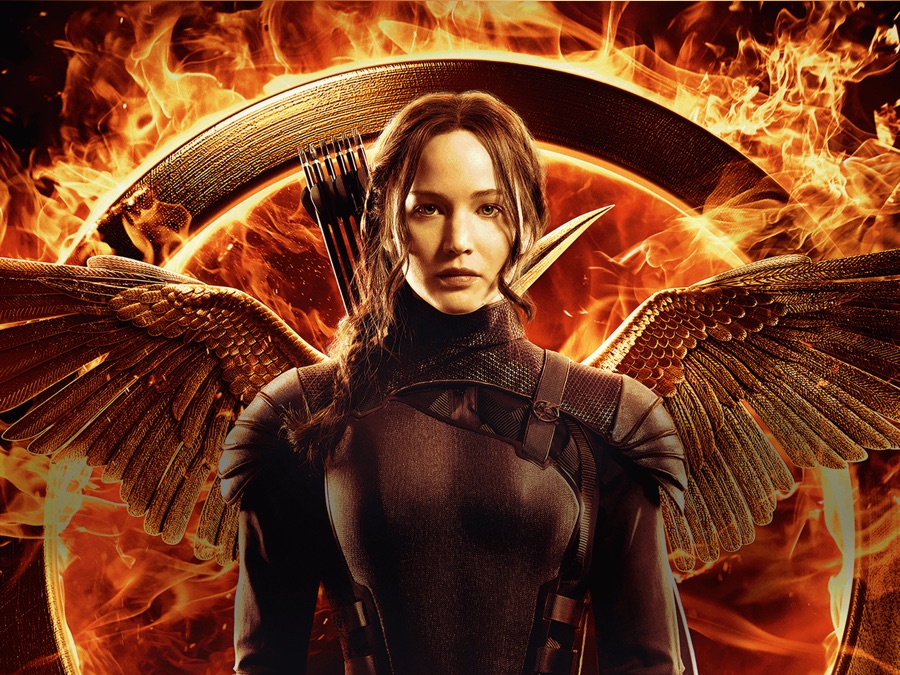
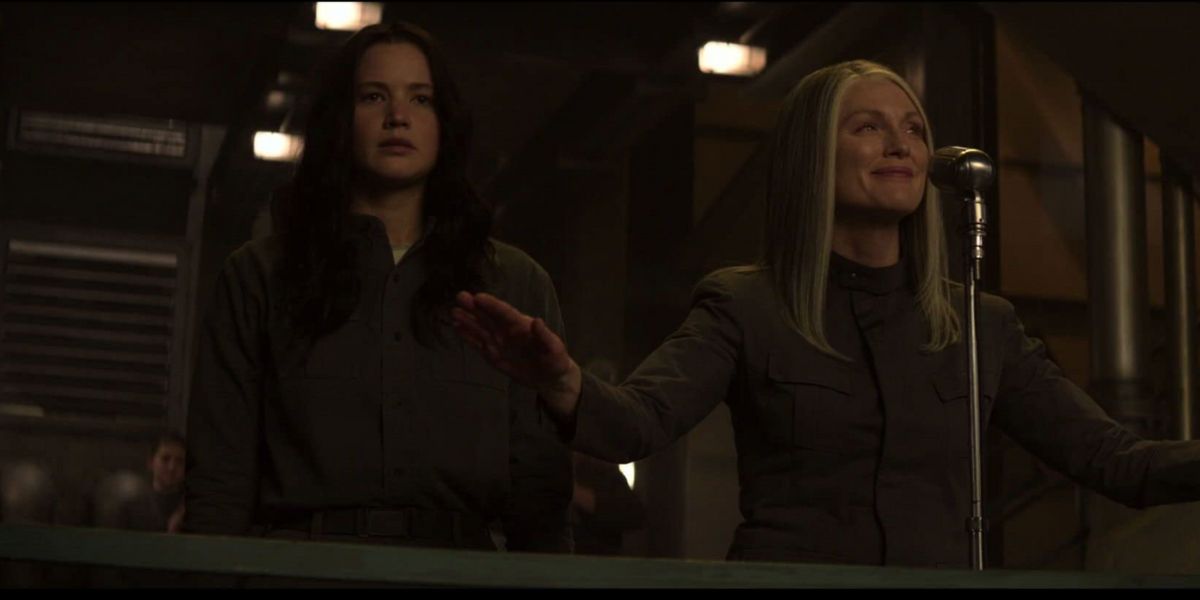


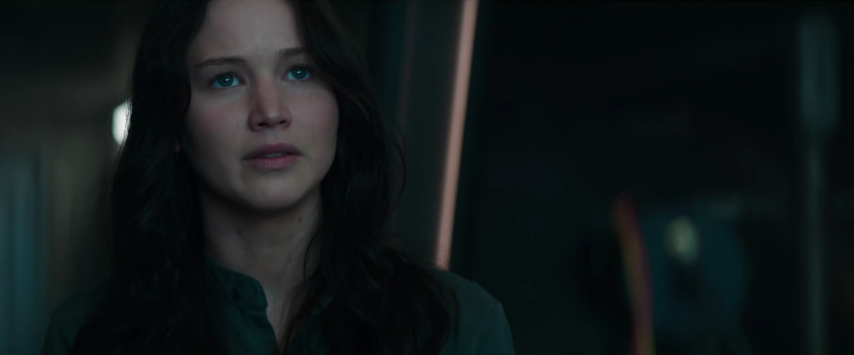

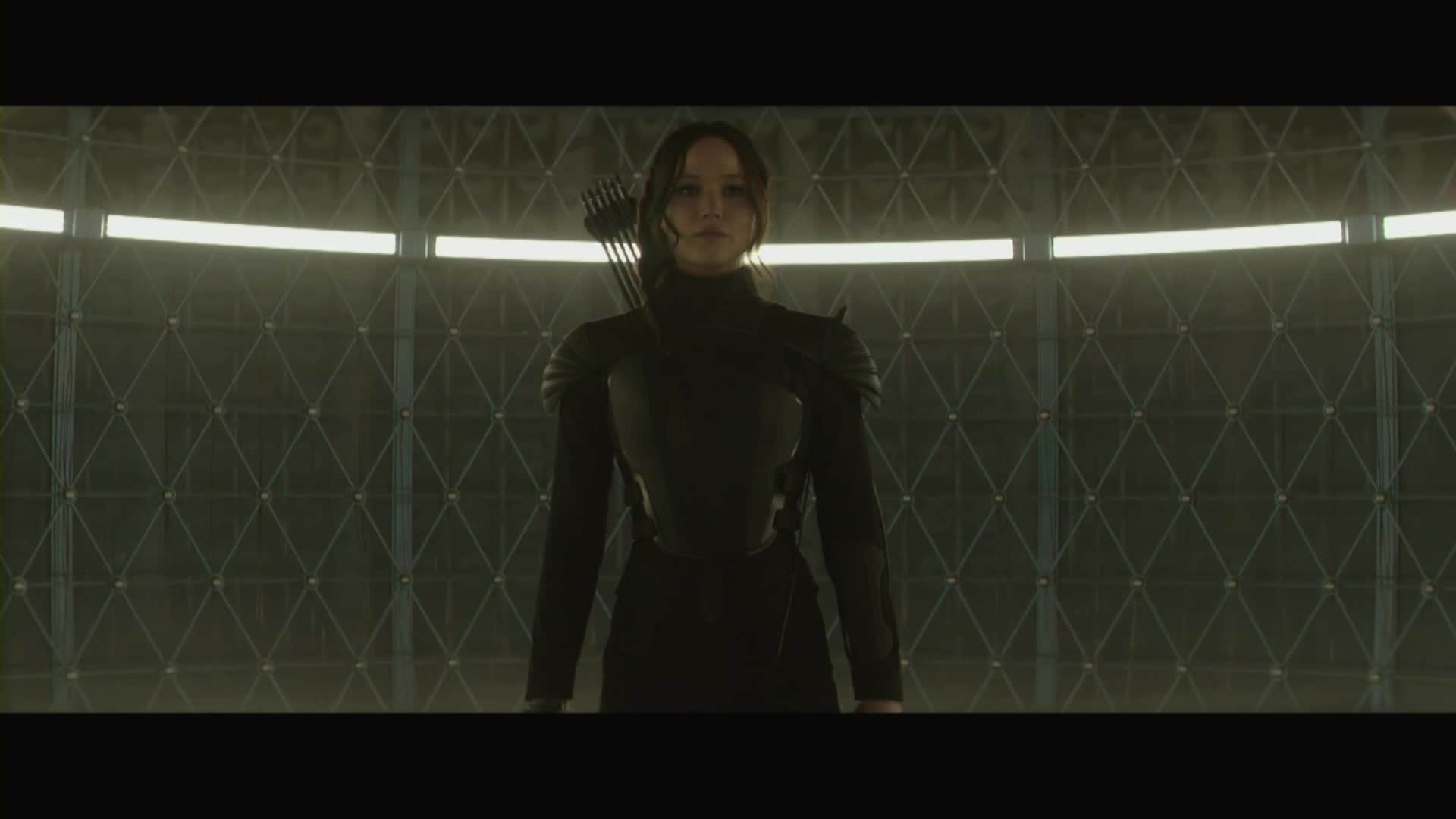
Closure
Thus, we hope this text has supplied useful insights into Mockingjay Half 1: A Watchful Eye on Energy, Propaganda, and the Perils of Revolution. We hope you discover this text informative and useful. See you in our subsequent article!

